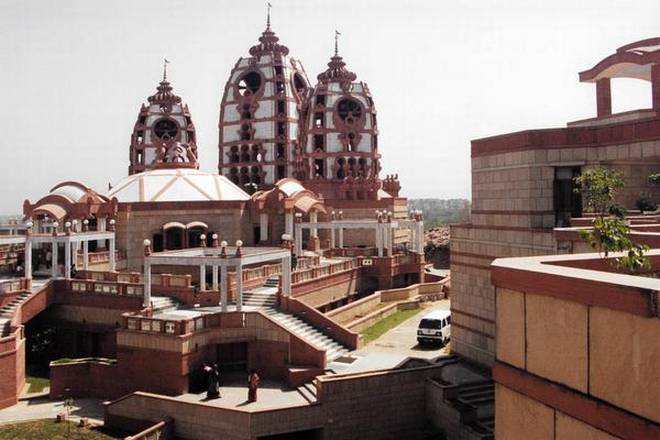Call it a quirk of fate or destiny, two men, Achyut P Kanvinde and Shaukat Rai, from diverse backgrounds met when they were chosen to go to the U.S. for a study tour by CSIR (Centre for Scientific & Industrial Research) in 1945. The mission, to study modern research laboratories in the U.S. so that it could be replicated in India post-Independence. It was an era when India was an young emerging nation. Achyut studied architecture at the Sir J J School of Art, Mumbai, while Shaukat was a civil engineer trained in Roorkee.
The former was the son of an artist from a humble background, the latter the grandson of Sir Ganga Ram. Life took them to the U.S., where they wanted to study design and architecture. The duo came back and fulfilled their commitment by working with CSIR. The friendship which began then, resulted in a partnership that flourished over decades.
Source: Read the full news on The Hindu.








One Response
great friend and mentor of the 80s